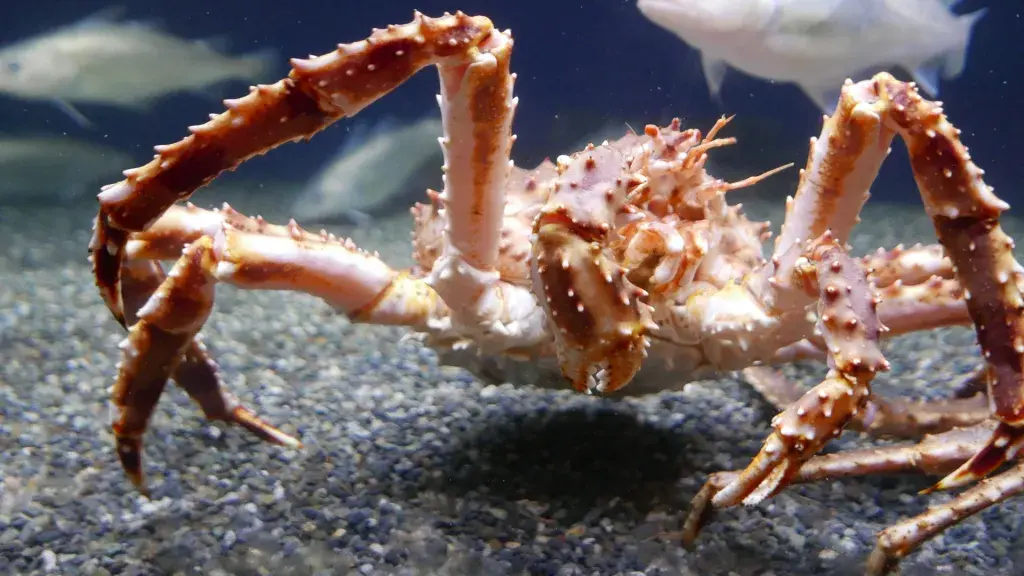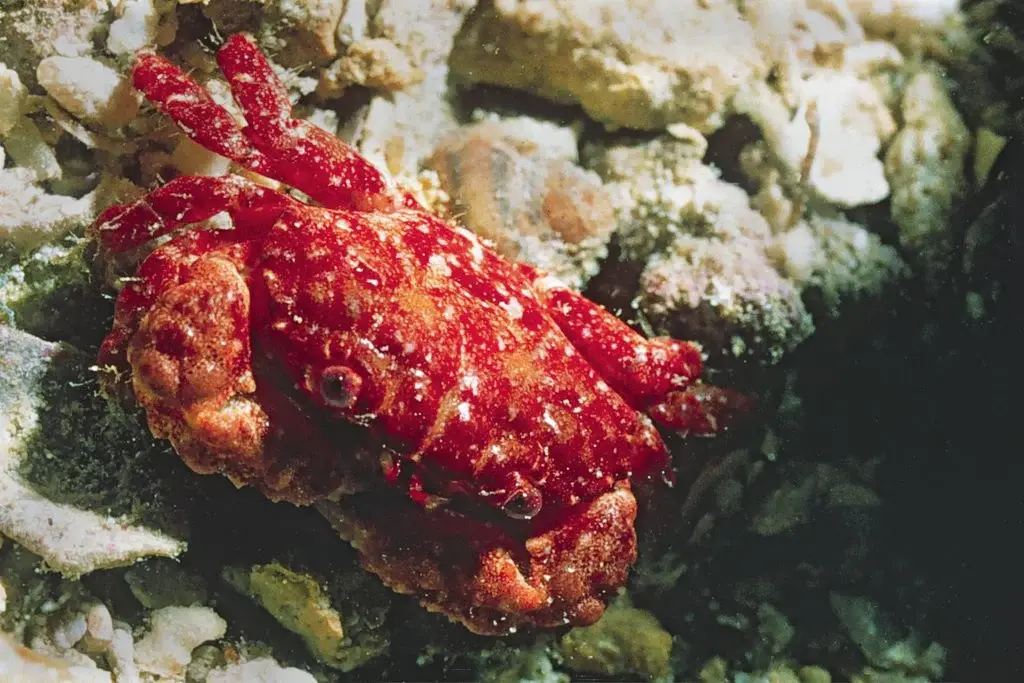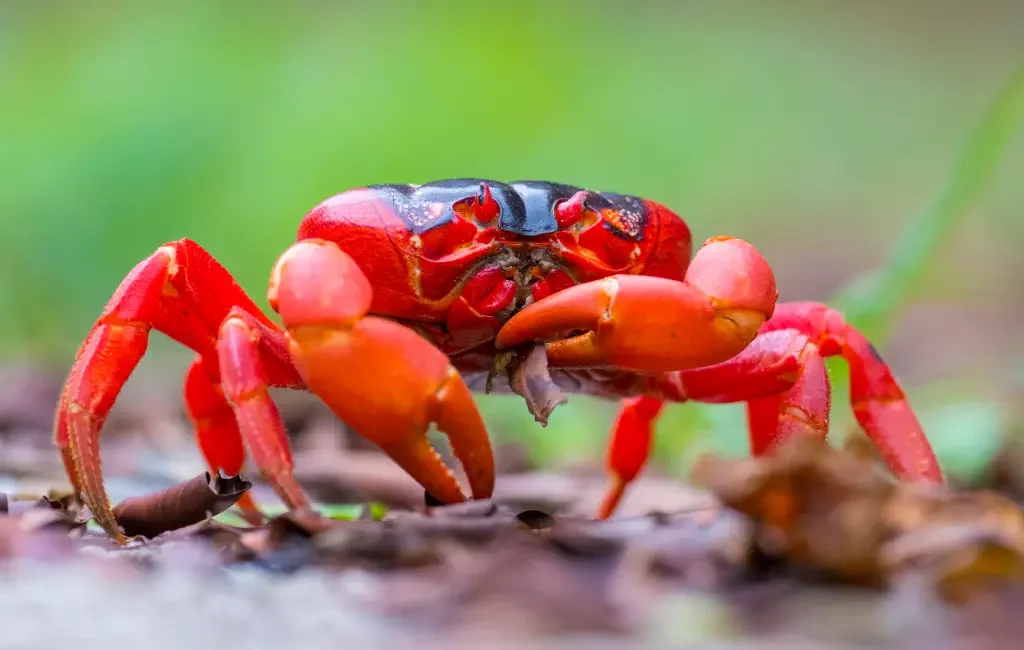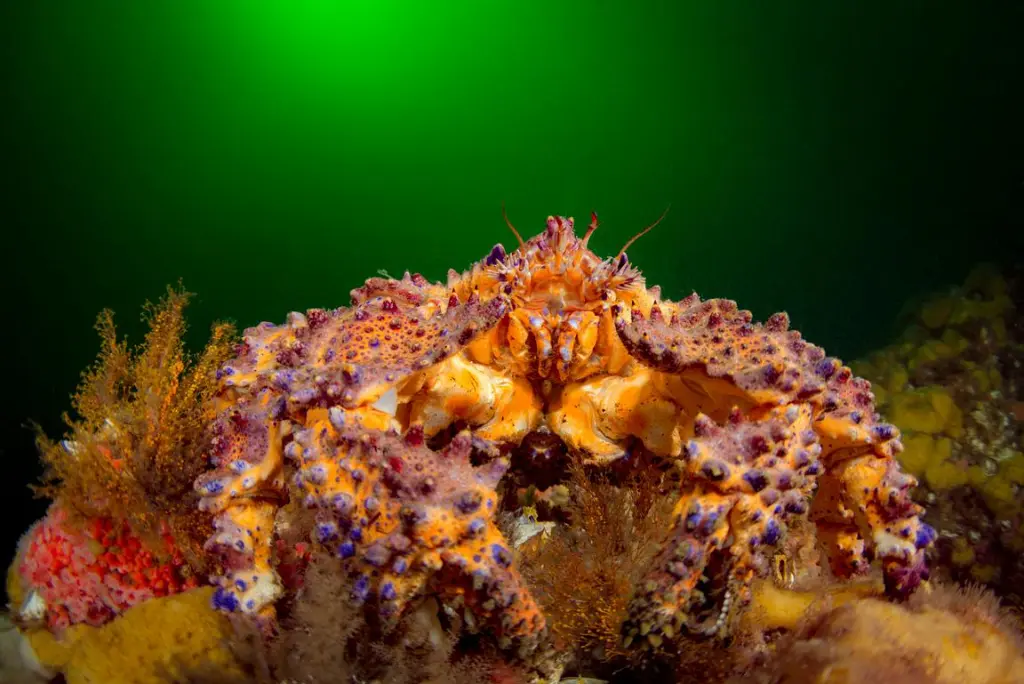Prepare to be amazed by the Yeti Crab! This incredible crustacean, found in the deepest and darkest parts of our oceans, is a true marvel of evolution. Let’s explore what makes this unique creature so special.
What is a Yeti Crab?
The Yeti Crab, scientifically known by its various species names (like *Kiwa hirsuta* being one of the first discovered), is a type of deep-sea squat lobster renowned for its hairy appearance. These hairs, called setae, cover their claws and legs, giving them their distinctive “Yeti” look, reminiscent of the mythical abominable snowman. They are found near hydrothermal vents and methane seeps in the deep ocean.
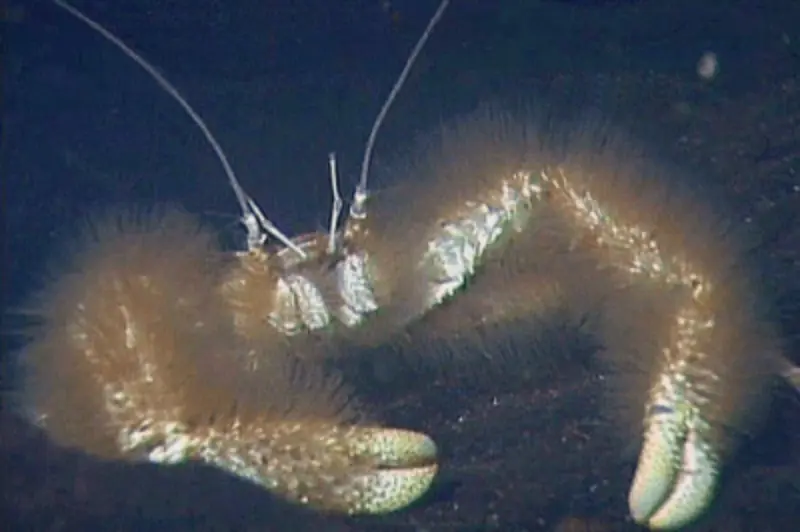
Yeti Crab
Kiwa hirsutaA Life Near Hydrothermal Vents
Yeti Crabs thrive in extreme environments near hydrothermal vents. These vents release superheated, mineral-rich water from the Earth’s crust. This water provides the crabs with essential nutrients and a unique habitat. However, the environment is also toxic, requiring these creatures to have remarkable adaptations.
Key Features of the Yeti Crab
Let’s break down the remarkable characteristics that make the Yeti Crab such a fascinating subject of study:
| Feature | Description | Significance |
|---|---|---|
| Appearance | Covered in long, silky setae (hairs) on their claws and legs. Typically pale or white in color. | The setae provide a surface for bacteria to grow, which the crab then cultivates and eats. The pale color reflects their life in the dark depths. |
| Habitat | Found near deep-sea hydrothermal vents and methane seeps. | These environments offer a unique source of energy and nutrients, but also present challenges like extreme temperatures and toxicity. |
| Diet | Primarily cultivates and consumes bacteria grown on its setae. May also scavenge. | The bacteria are chemosynthetic, meaning they derive energy from chemicals released by the vents, forming the base of the Yeti Crab’s food chain. |
| Size | Relatively small, typically reaching around 6 inches (15 cm) in length. | Their size is likely an adaptation to the limited resources available in their environment. |
| Behavior | Often found in dense clusters around hydrothermal vents. They perform a “combing” motion to tend to their bacterial gardens. | Social clustering helps with survival in the harsh environment, and the “combing” ensures optimal bacterial growth. |
| Adaptations | Detoxification mechanisms to cope with toxic chemicals emitted from hydrothermal vents. Specialized setae for bacterial cultivation. | These adaptations are crucial for survival in their extreme environment. |
The Yeti Crab and the Environment
The Yeti Crab plays a vital role in its unique ecosystem. By cultivating bacteria, they help to recycle nutrients and support other organisms that depend on the hydrothermal vents. Studying these creatures helps us understand the complexities of deep-sea ecosystems and the potential for life in extreme environments.
Ongoing Research
Scientists continue to study the Yeti Crab to understand its biology, behavior, and ecological role. There is still much to learn about these incredible creatures and the deep-sea environments they inhabit. Research includes investigating their detoxification mechanisms, the specific types of bacteria they cultivate, and their evolutionary relationships to other crustaceans. New species of Yeti Crab are still being discovered!
So next time you think about the depths of the ocean, remember the amazing Yeti Crab, a symbol of resilience and adaptation in one of Earth’s most extreme environments.

